Just say Allo to Digital Audio
Motivation is a wondrous thing, as is procrastination, and if you get the timing just right, one saves you from the other. It’s at this crossroads that I find myself having to write about Allo’s USBridge device and respond to a letter forwarded to my publisher.
Let’s start with the letter, where this reader of Dagogo (dagogo.com), in his words, is being driven crazy by the terminology and seeming endless details, caveats, and stipulations made by supposed audiophile experts on the topic/subject of digital audio. The reader, figuratively throwing his arms in the air, wonders if it’s not them but him who just does not get it.
To the reader: It is not you, as Sean famously repeated over and over to Will, “It’s not your fault.” Unfortunately for today’s Hi-Fi enthusiasts, there are a lot more “mis-s” (plural of mis-) than hits. So much misinformation, misdirection, and misguided well-meaning advice, made available at no charge, are inundating enthusiasts where more often than not they’re the ones taking the direct hit in the wallet.
I’m going to make this personal and share with you my journey to outfit rooms in my home with digital audio. My guest room has been vexing me for the longest time. I wanted to keep it simple and not overload the room with an imposing rack of gear and speakers. As I am an unabashed fan of Roon, I was looking for a high-quality bridge solution that would not break my bank or deprive overnight visitors to my home of a quality listening experience.
Since I already have a Roon core set up and connected to terabytes of files in my network operations center (NOC), aka the hall closet, all I was going to need was a device that could connect directly to my PS Audio Sprout 100 (combination integrated amplifier and DAC) and Ophidian MINIMO speakers. I set a budget of $250 and started tearing through countless Raspberry PI and Sparky solutions. At first, I wasn’t going to even integrate Roon but, having experienced the woeful open-source front-ends for Linux based solutions on the market, there was little choice but to defer.
I really did not want to re-invent the wheel and had heard about this new variant/flavor of the Debian (Linux) OS for audio purposes called ‘Diet-Pi” and was intrigued to learn that the folks at Allo (allo.com) had come out with a USBridge device based on Diet-Pi right out of the box. What this all means is that in less than 10 minutes I was able to configure the device as a Roon Bridge and have it up and running. Now, one of the beauties of this solution is that the USB component is housed on a separate but attachable daughterboard, which would allow me to either use one power supply for all functions OR use two separate power supplies to further isolate possible interference and noise.
The Allo USBridge device solution is comprised of the following:
Sparky + USBridge + eMMC 16GB + Aluminum Case + 5v PSU
All of the above for a grand total of $162.50 + shipping, so well under my budget of $250.00 and, heck, under $200.00. Accessories, like a second power supply, will boost the cost but not appreciably. Understandably the cost of a lifetime Roon license is more than double the cost of the USBridge, but given the extent to which I make use of Roon throughout my home, it is well worth it.
The Allo home screen below indicates that Roon along with MPD, Signalyst, and Logitech could be possible configuration options, but I’m sticking with Roon.
Having installed Roon’s software on both my iPhone and iPad I was all set for a test drive. As both a cynic and skeptic, I was expecting the worst, but no, everything went off without a hitch. This has to be the biggest non-event since Geraldo Rivera opened up Al Capone’s vault on live television. Sure, with all the connectors on the USBridge I could easily have connected files locally and made the solution even less of a hassle, but as this was staying put and not going out on the road, I didn’t even bother with the prospect of employing battery power for portability.
Allo’s USBridge transport connected to my PS Audio Sprout 100’s DAC sounded a real treat. So familiar was I with Roon’s user interface that I soon forgot I was not navigating my digital libraries on my main system at home. This got me to thinking about how it would sound in ALL of my systems, so with a bit of resolve I managed to swap it out in the living room and office systems and was more than pleasantly surprised by the sound quality. There are all matter of 3rd party accessories out there to re-clock, re-generate, isolate and purify that can be added, but that’s up to the individual if they so desire.
Allo has something special here … so much so that manufacturers and designers of full-sized, full-full feature solutions costing exponentially more money should really take note. I cannot recommend highly enough the Allo USBridge digital audio transport for use with USB connected gear. At the price, your ears will NOT believe you, and your wallet will be thanking you all the way home. Visit the allo.com website -> https://allo.com/sparky/usbridge.html
Allo makes DACs and other transports as well for what could be an end-to-end solution. I just have to take my proverbial hat off to these guys. And to the reader who sparked the write-up of this SPARKY-based digital audio solution, I tip my hat to you.
At $162.50 plus shipping this is an absolute NO-BRAINER!!! The only question remaining: If you haven’t ordered one by now…WHY THE #$&@! NOT???
Note: Sean and Will refer to the characters played by the late great Robin Williams and Matt Damon in Good Will Hunting.
Copy editor: Dan Ruin
- (Page 1 of 1)

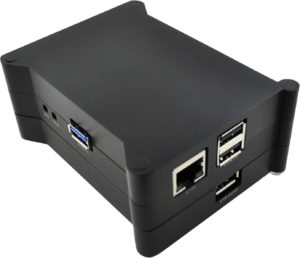
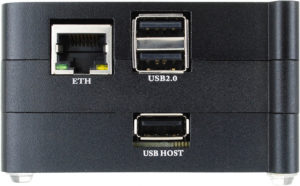
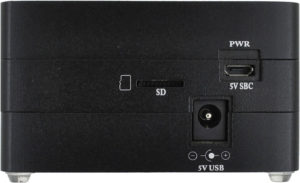
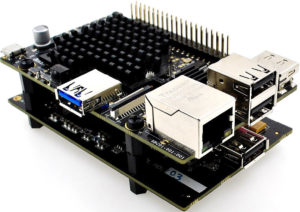
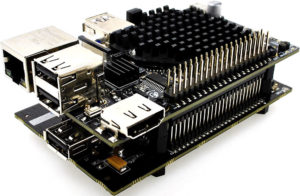
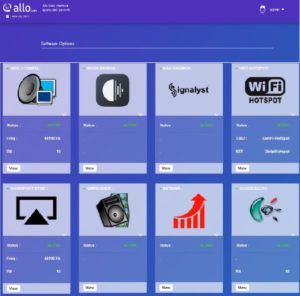
The big problem with the any of the R-PI boards is that the Ethernet runs over USB instead of direct. That means in this model you have created a bottleneck in that the USB core device driver is both receiving and output audio data synchronously. This is never a good thing. The idea of a DAC or SPDIF output and the R-PI is ok because then it is USB->I2S and that means separate processes handling the data movement. I always tell users think of optimizing your system like a road way. Never congest an area or the results will never be as good as they could be.
Sparky board is not an R-PI. But it is Allo’s alternative for the Pi.
Quote from Allo’s website “So we developed a new board that is connected to the bottom of Sparky. Sparky has 2 independent USB controllers (2 highways), and we connect to the second one. Then we use a new USB IC that reclocks the stream using hi quality NDK Oscillators, and everything is powered by independent LDOs and hi frequency filters. The final noise of the USBridge is lower than the noise of a battery.”
You are correct that RaspberryPi computers share both USB ports and the ethernet port on the same data buss. But this is not a Raspberry Pi. This is a Sparky computer. They improved the design specifically for audio use, separating the ethernet buss from the USB, so input and output do not share the same buss on Sparky based systems.
Have you tried Daphile on a fanless mini pc for roughly the same price? It’s a lightweight Linux distro stripped down for audio that can run standalone and headless using Android/IOS apps. Since it runs LMS, it can be used as a Roon endpoint.